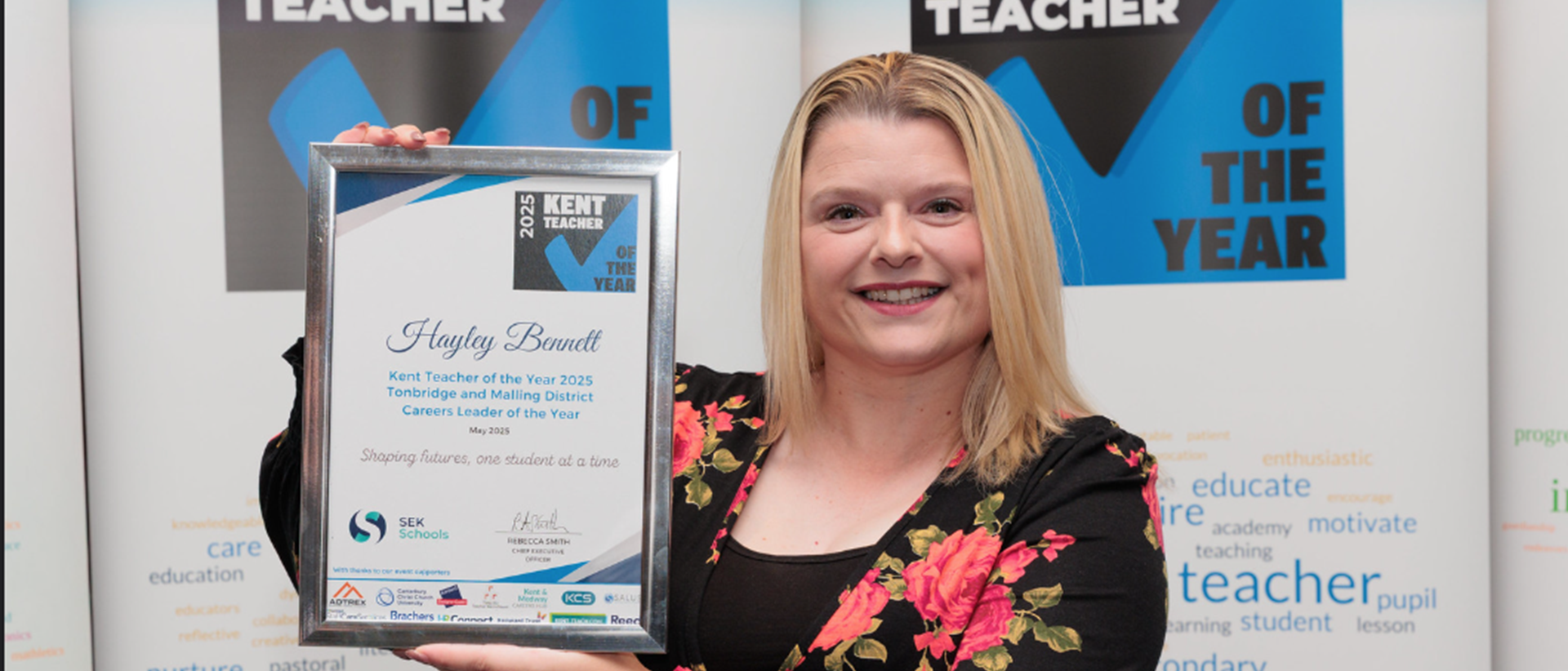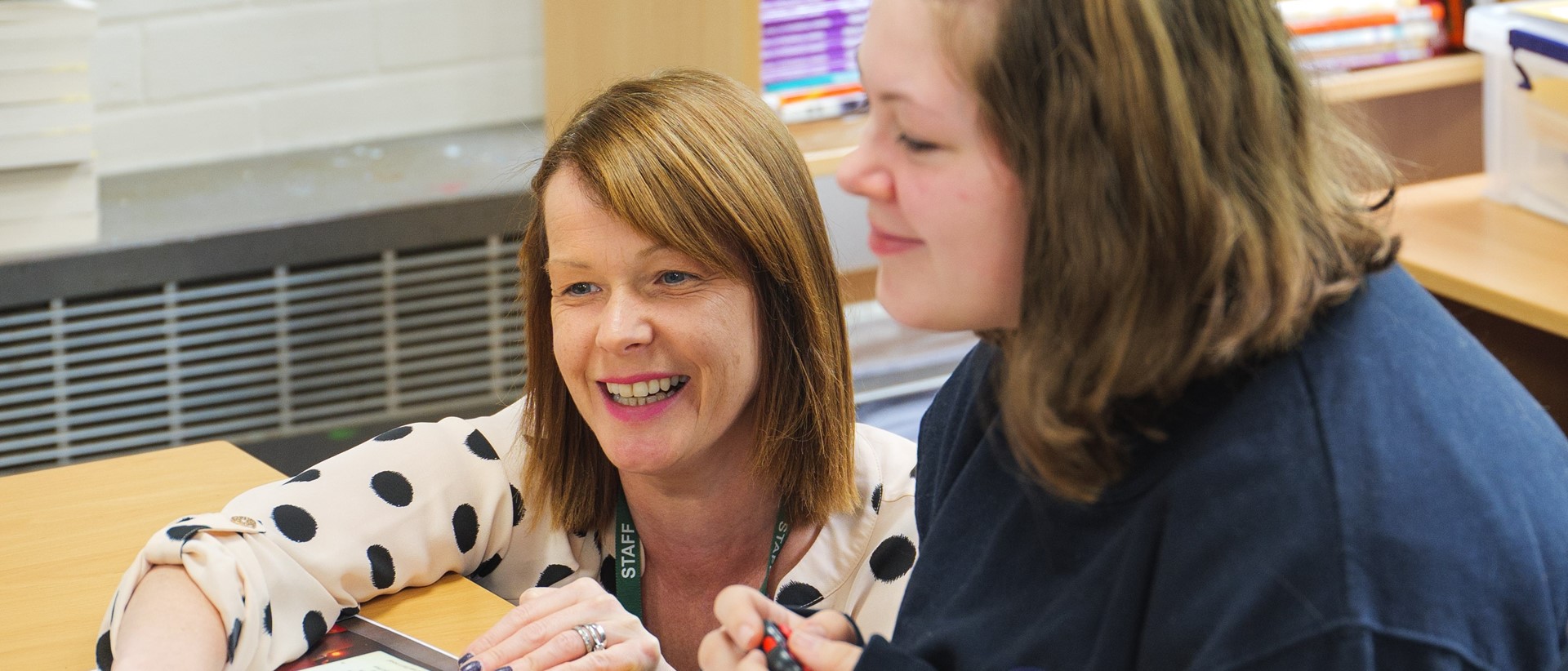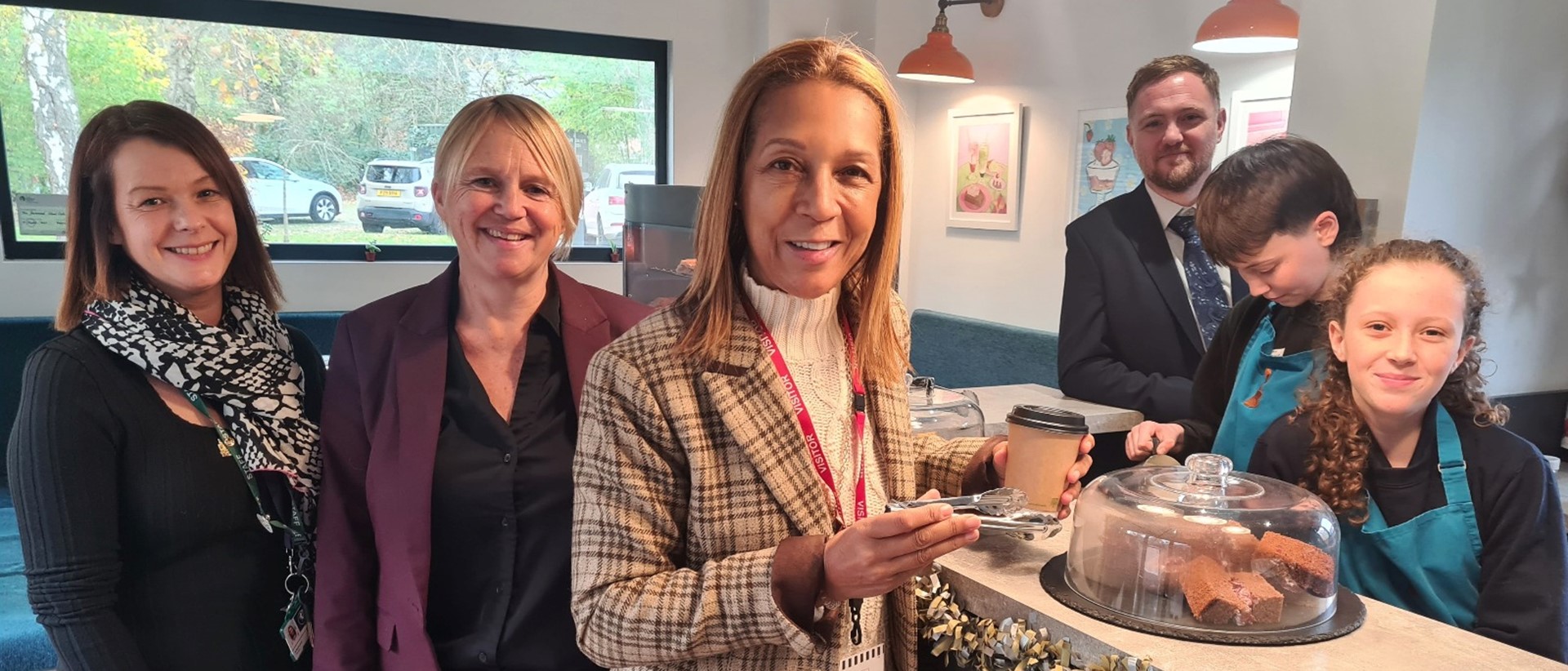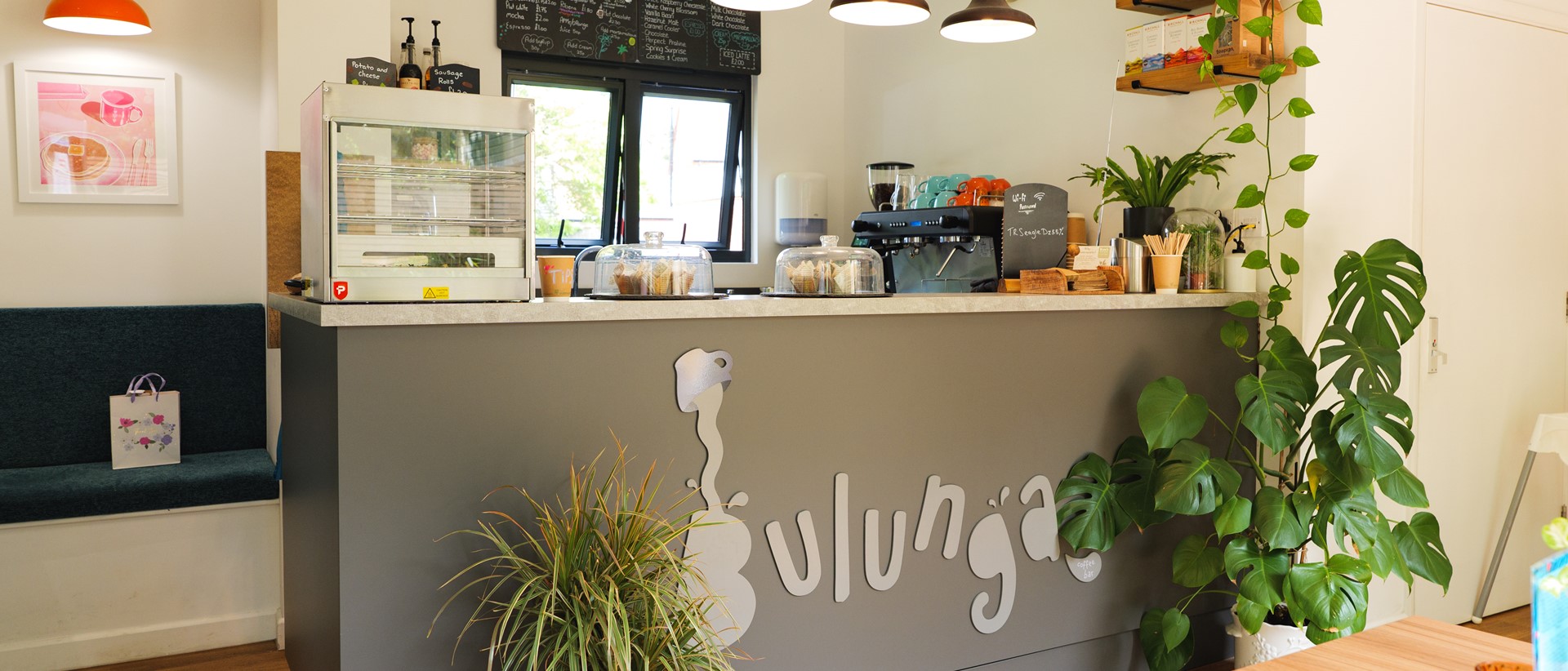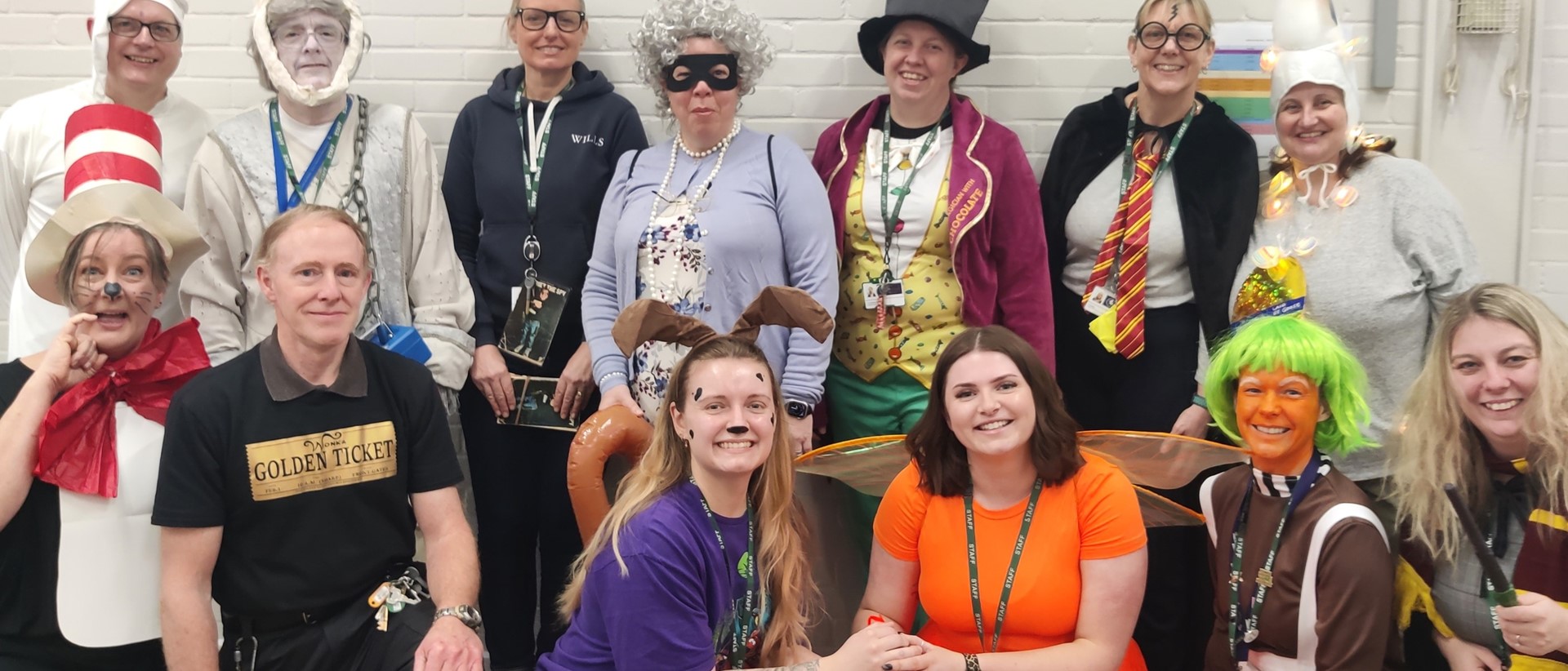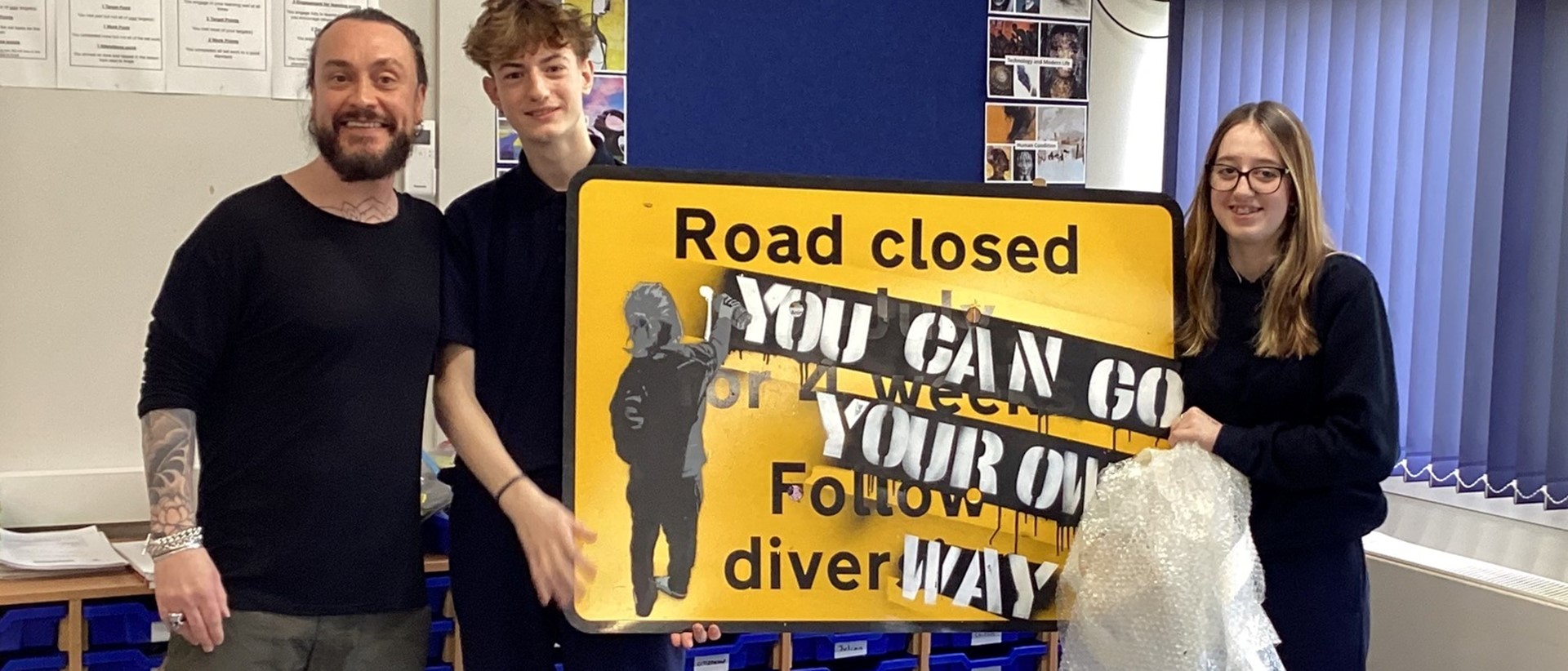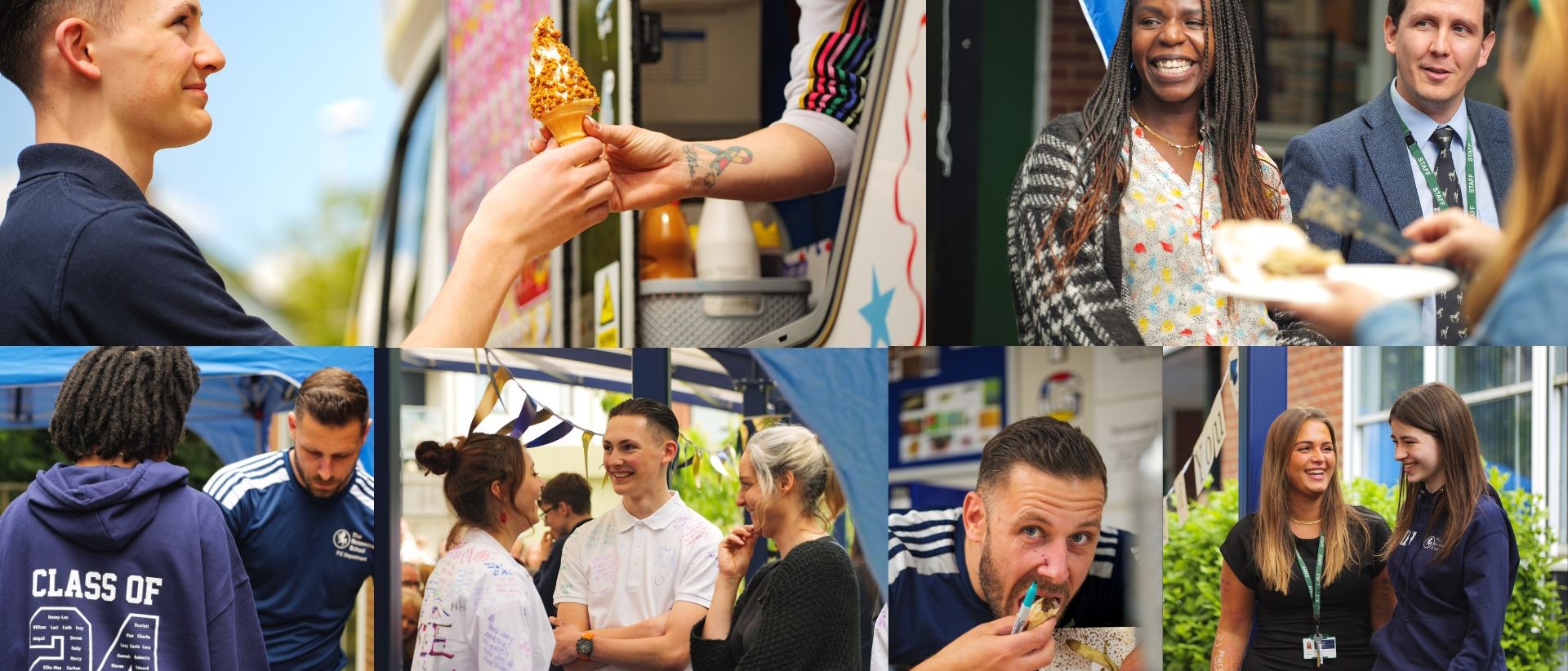At our school, we place a strong emphasis on both reciprocal reading and reading for pleasure as vital components of literacy development. Reciprocal reading, a structured approach where pupils take turns leading discussions about a shared text, helps to build confidence, deepen comprehension, and strengthen collaborative thinking skills. Alongside this, we actively promote reading for pleasure to nurture a lifelong love of books and stories. By combining purposeful reading strategies with opportunities for independent choice, we aim to create confident, curious readers who see reading not only as a key academic skill but also as an enriching and enjoyable part of everyday life.
What books do pupils read?
Many of our pupils have chosen certain books for our schools to read throughout the year
KS3

Year 10

Year 11

How do we schedule and run our love of reading sessions?
Reading sessions are scheduled every day from 11:05 – 11:20am, four days a week.
How do we know that pupils are understanding what they are reading?
Reciprocal reading is a structured, pupil-led approach to reading that develops deeper comprehension through collaborative discussion.
In small groups, pupils take on specific roles—such as summariser, questioner, clarifier, and predictor—to guide their peers through a text.
This strategy encourages active engagement, critical thinking, and greater ownership of the reading process.
By verbalising their understanding and responding to others, pupils not only improve their ability to interpret and analyse texts but also build confidence in speaking and listening.
Reciprocal reading is particularly effective in supporting all learners, including those who may struggle with comprehension, by breaking down complex texts and promoting a supportive, talk-rich environment.
How do the books we read link to personal development?
Our books are often powerful stories that offer rich opportunities to support pupils' personal development in school, particularly within PSHE, English, and citizenship education.
Some examples of the books, themes and how it links to curriculum:
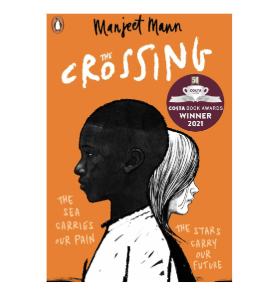
The Crossing by Manjeet Mann explores themes of empathy, identity, resilience, and global citizenship.
Our pupils are invited to reflect on complex social issues such as migration, loss, inequality, and human rights.
The book encourages our young people to see the world through diverse perspectives, challenging stereotypes and fostering compassion.
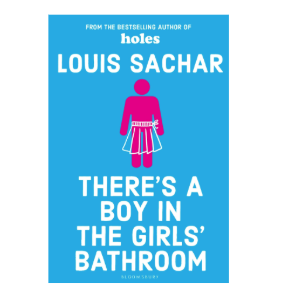
There’s a Boy in the Girls’ Bathroom by Louis Sachar supports our pupils’ personal development by exploring themes of self-identity, emotional growth, and positive behaviour change.
It offers valuable opportunities to discuss mental well-being, the importance of positive relationships, and how school can be a safe space for growth.
As such, the novel aligns closely with PSHE objectives and helps foster a nurturing, inclusive school environment.
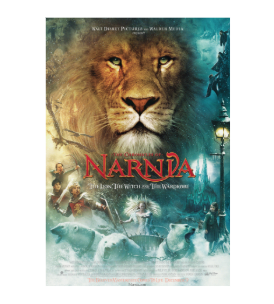
The Lion, the Witch and the Wardrobe by C.S. Lewis offers rich opportunities for pupils to reflect on key aspects of personal development, including courage, loyalty, integrity, and the battle between right and wrong.
It highlights the value of teamwork, trust, and personal responsibility—qualities that align closely with school values and PSHE education.
By engaging with this story, our pupils are not only captivated by fantasy but also inspired to reflect on their own character and moral decision-making.

